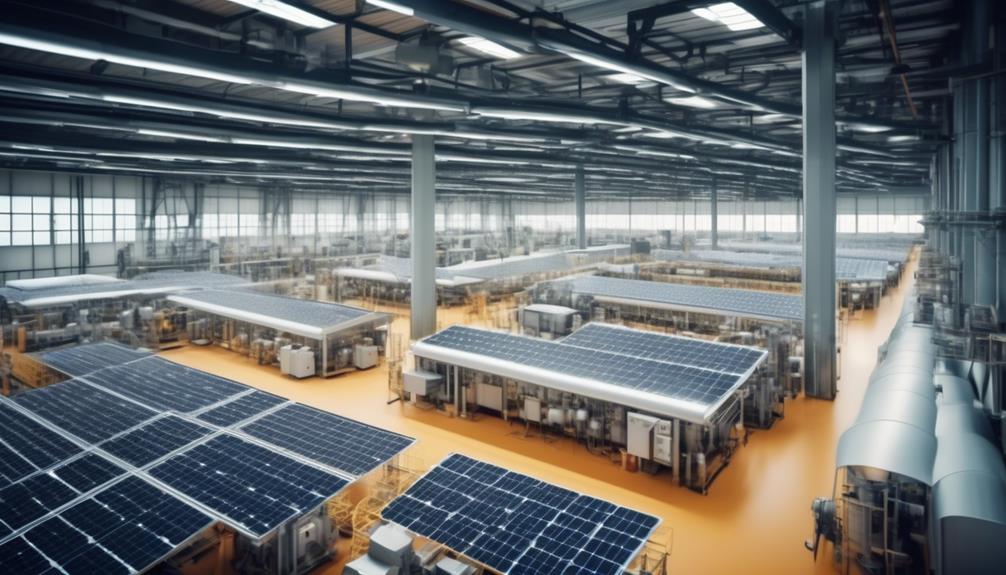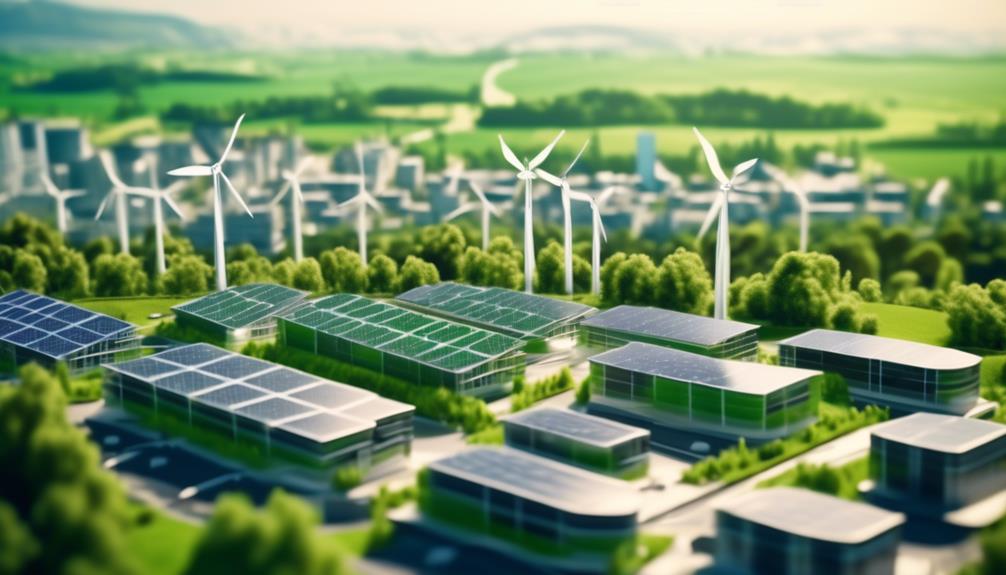With the need for energy conservation and sustainability in the spotlight, successful energy management projects play a vital role in reducing carbon footprints and ensuring efficient resource use. In this blog post, we’ll explore some exemplary energy management projects and identify the key factors that contribute to their success.
Empire State Building’s Energy Retrofit
In 2009, the iconic Empire State Building in New York City began an energy retrofit project that significantly reduced its energy consumption. The project included upgrading windows, lighting, and heating, ventilation, and air conditioning (HVAC) systems. The building’s energy use was reduced by approximately 38%, leading to substantial energy cost savings. Since 2010, the Empire State Building has been ENERGY STAR certified.
Key Factors for Success:
- Comprehensive approach: The project addressed various aspects of energy consumption, leaving no stone unturned.
- Advanced technology: The use of cutting-edge, energy-efficient technologies significantly contributed to the project’s success.
- Engagement: Tenants’ engagement and cooperation played a pivotal role in achieving the energy reduction goals.
Find out more about the Empire State Building’s sustainability project here: https://www.esbnyc.com/about/sustainability
Masdar City, Abu Dhabi
Masdar City in the United Arab Emirates is a groundbreaking sustainable urban development project, and home to one of the largest clusters of LEED Platinum buildings in the world. The city prioritises renewable energy sources, green building designs, innovative waste management systems, as well as paying attention to impact this has on occupants. Its ambitious goal is to be carbon neutral and waste-free.
Key Factors for Success:
- Holistic planning: Masdar City’s approach involves sustainable urban planning from the ground up, rather than retrofitting existing infrastructure.
- Investment in renewable energy: The city heavily invests in solar power, which is the primary source of its energy.
- Smart technology: Smart grids, efficient transportation systems, and sustainable building materials are integral to the city’s success.
Find out more about Masdar City’s approach here: https://masdarcity.ae/sustainable.html
Find out more about the LEED green building rating system here: https://www.usgbc.org/leed
Microsoft’s Data Centre Sustainability
Tech giant Microsoft has committed to making its data centres more energy-efficient. They have invested in innovative cooling technologies, renewable energy sourcing, and even submersion cooling, which involves submerging data centre servers in a non-conductive fluid.
Key Factors for Success:
- Research and development: Continuous research and development have led to cutting-edge solutions for energy efficiency.
- Renewable energy: Microsoft actively sources renewable energy for its data centres.
- Resource optimisation: Implementing resource-efficient technologies and practices has resulted in impressive energy savings.
Find out more about the steps Microsoft are taking here: https://www.microsoft.com/en-us/corporate-responsibility/sustainability
Shams 1 Solar Power Plant, Abu Dhabi
Shams 1 is one of the largest concentrated solar power plants in the world. Located in the UAE’s Western Region, it generates enough clean energy to power thousands of homes. The implementation of Shams 1 solar power plant displaces 175,000 tonnes of CO2 every year, the equivalent of removing 15,000 cars from Abu Dhabi’s roads.
Key Factors for Success
- Large scale: The project’s significant capacity makes a substantial contribution to the region’s energy grid.
- Consistency: Solar energy’s reliability in the sunny region of Abu Dhabi ensures consistent power generation.
- Government Support: Strong government support and investment played a pivotal role in the project’s success.
Find out more about the Shams 1 solar power project here: https://www.shamspower.ae/
RetrofitNY
RetrofitNY is an initiative focused on transforming existing multi-family buildings into high-performing, energy-efficient structures. The programme aims to reduce greenhouse gas emissions and energy bills for low-income residents in New York.
Key Factors for Success
- Affordable housing focus: The programme addresses not only sustainability but also social equity by improving housing for low-income residents.
- Public-private partnership: Successful public-private partnerships ensure resources and expertise are efficiently utilised.
Find out more about the RetrofitNY programme here: https://www.nyserda.ny.gov/All-Programs/RetrofitNY-Program
Conclusion
These successful energy management projects demonstrate the multifaceted approach required to achieve sustainable energy goals. They incorporate innovative technology, comprehensive planning, government support, and a strong commitment to making a positive environmental impact.
By studying these projects, we can gain valuable insights into the critical factors that contribute to their success and apply these lessons to future energy management initiatives. As the world continues to prioritise sustainability, these projects serve as inspiring examples of what can be achieved through dedication and innovation.


















